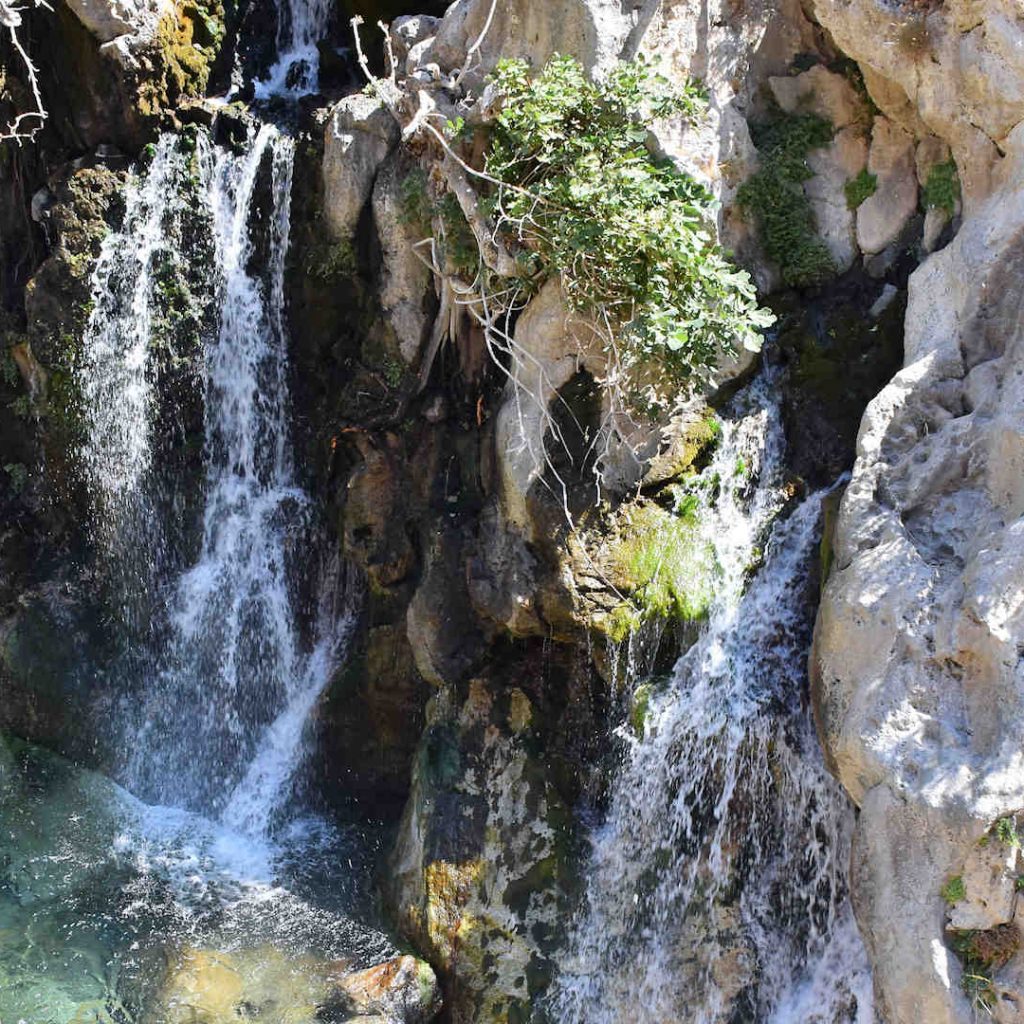
Geography of Crete
Crete:
– the largest Greek island
– the fifth among the islands in the Mediterranean
– long-shaped island – from east to west direction: 260 km
– a maximum width: 60 kilometers
– minimum width: 12 kilometers
– its area: 8336 km²
– the length of its coast: 1046 km. The coast is mainly sandy, with rocky shores in some places.
– it is located about 160 km south of the Greek mainland
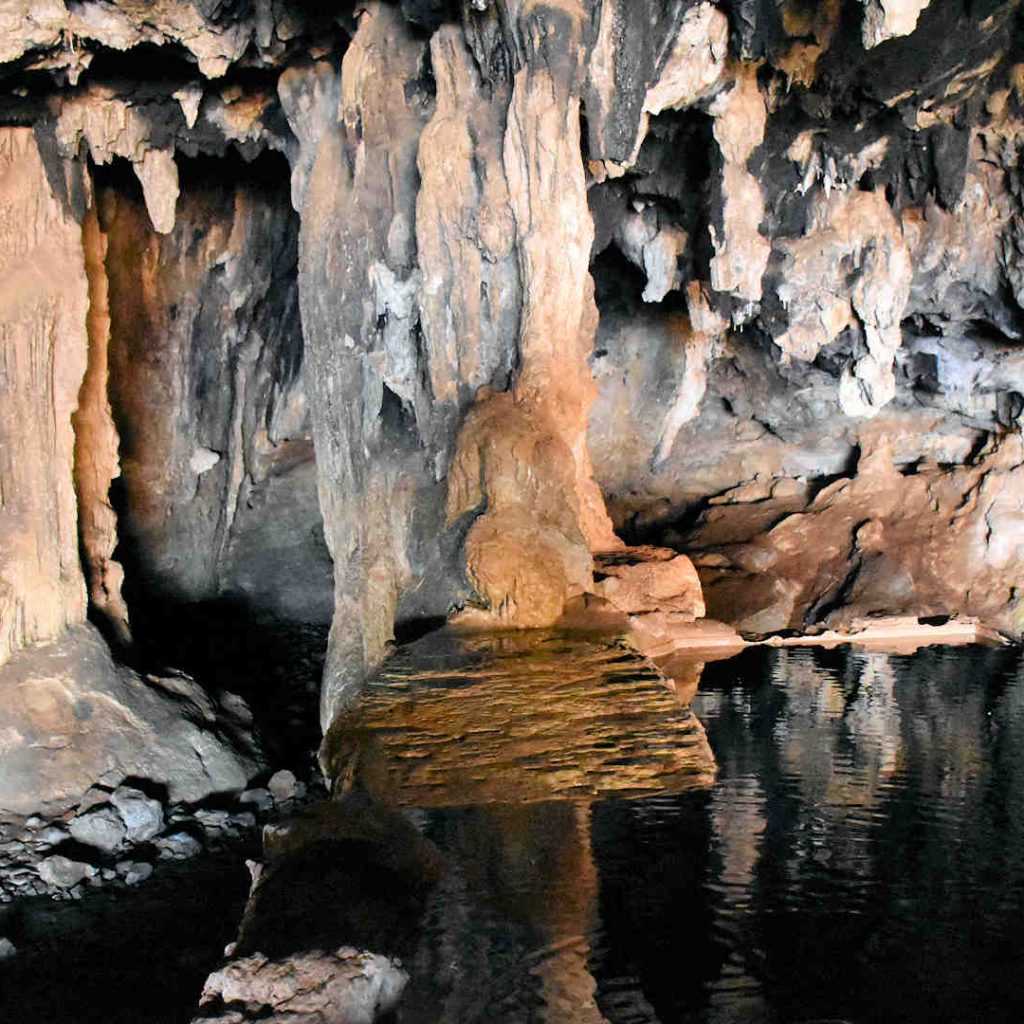
It is bounded on the north by the Cretan Sea (Greek: Κρητικό Πέλαγος) and on the south by the Libyan Sea (Greek: Λιβυκό Πέλαγος).
The situation of Crete is unique because it is located between Europe, Africa and Asia: on the intercontinental trade route.
This special position has defined and influenced its development and history over the past 6,000 years.
Population:
– the island has about 650.000 inhabitants
– more than a third of the population lives in Heraklion, Chania, Rethymnon
– the part outside the three big cities is sparsely populated
– only shepherds live in some of the mountainous areas
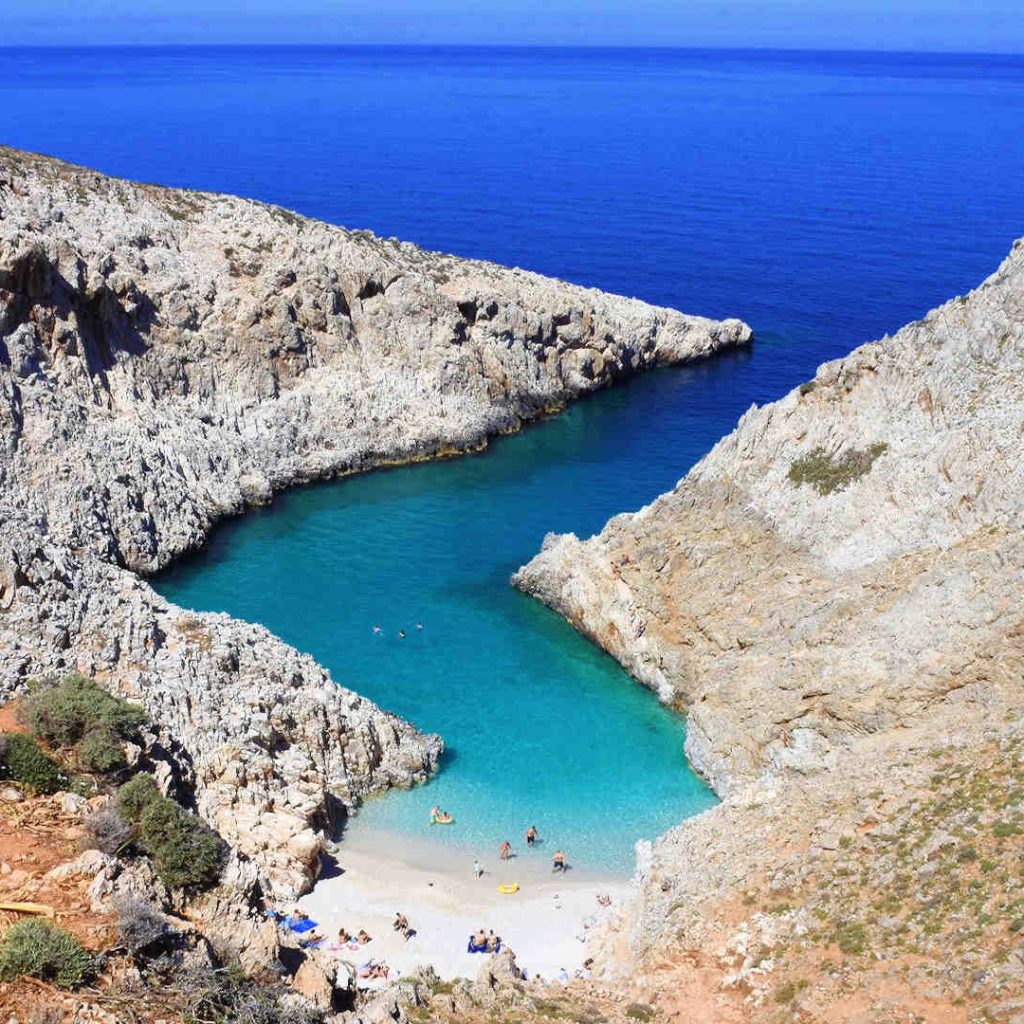
The surface of Crete is pointed: but there are richly fertile plateaus between the mountains. Therefore, the cultivation of tropical plants is typical at the foot of the mountains, but plants with a Mediterranean climate are grown on the high plateaus.
The mountains of Crete form a three-mountain complex:
– White Mountains or Lefká Óri (Λευκά Όρη): 2452 m
– The Idi Range or Idi Mountains – Psiloritis (Ψηλορείτης): 2456 m – Part of this mountain range: Asterousia Mountains (Αστερούσια Όρη): 1,231 m, Mount Kedros or Mount Cedros (Κέντρος): 1,777 m
– Díkti Mountains (Δίκτη): 2148 m – Part of this mountain range: Mount Thripti (Θρυπτή): 1489 m
Among the mountains, the most fertile plateaus: Lasithiu, Omalos and Nida
Between the mountains, there are smaller and larger caves. Most famous caves: Diktaion Andron (Σπήλαιο Δικταίου Άντρου) – Psychro Cave or Cave of Zeus, Melidoni Cave (Σπήλαιο Μελιδονίου), Sfendoni Cave in Zoniana (Σπήλαιο Σφεντόνη), Cave Idaion Antros (Σπήλαιο Ιδαίον Άντρον), Cave of Agia Sofia (Σπήλαιο Αγίας Σοφίας)
Crete’s most famous gorge, the longest gorge in Europe: Samaria Gorge (Φαράγγι Σαμαριάς) – it is National park since 1962
– the gorge is 16 km long
– North entrance: Omalos, at an altitude of 1250 m
– end of the gorge: Agia Roumeli, on the shores of the Libyan Sea
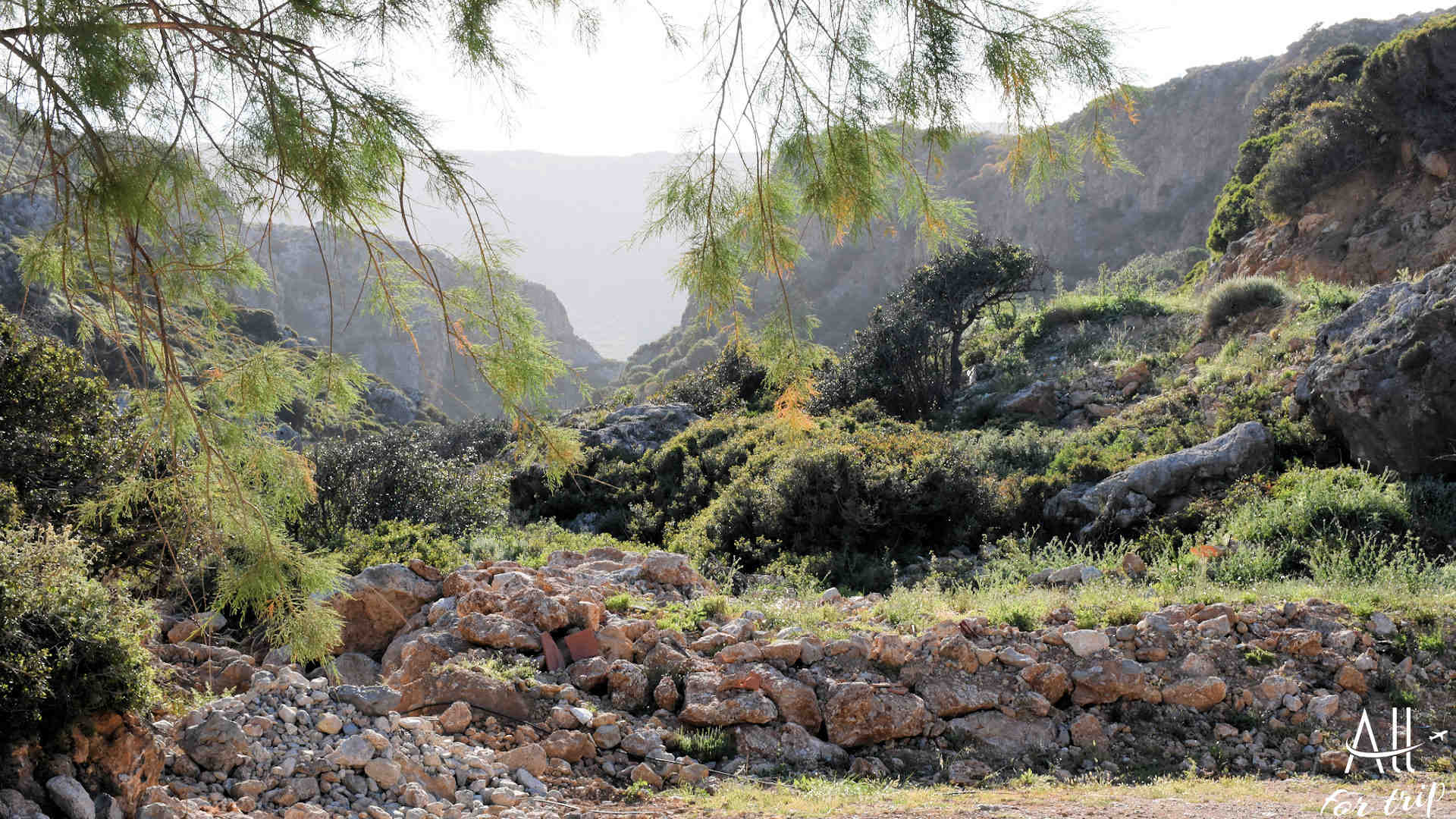
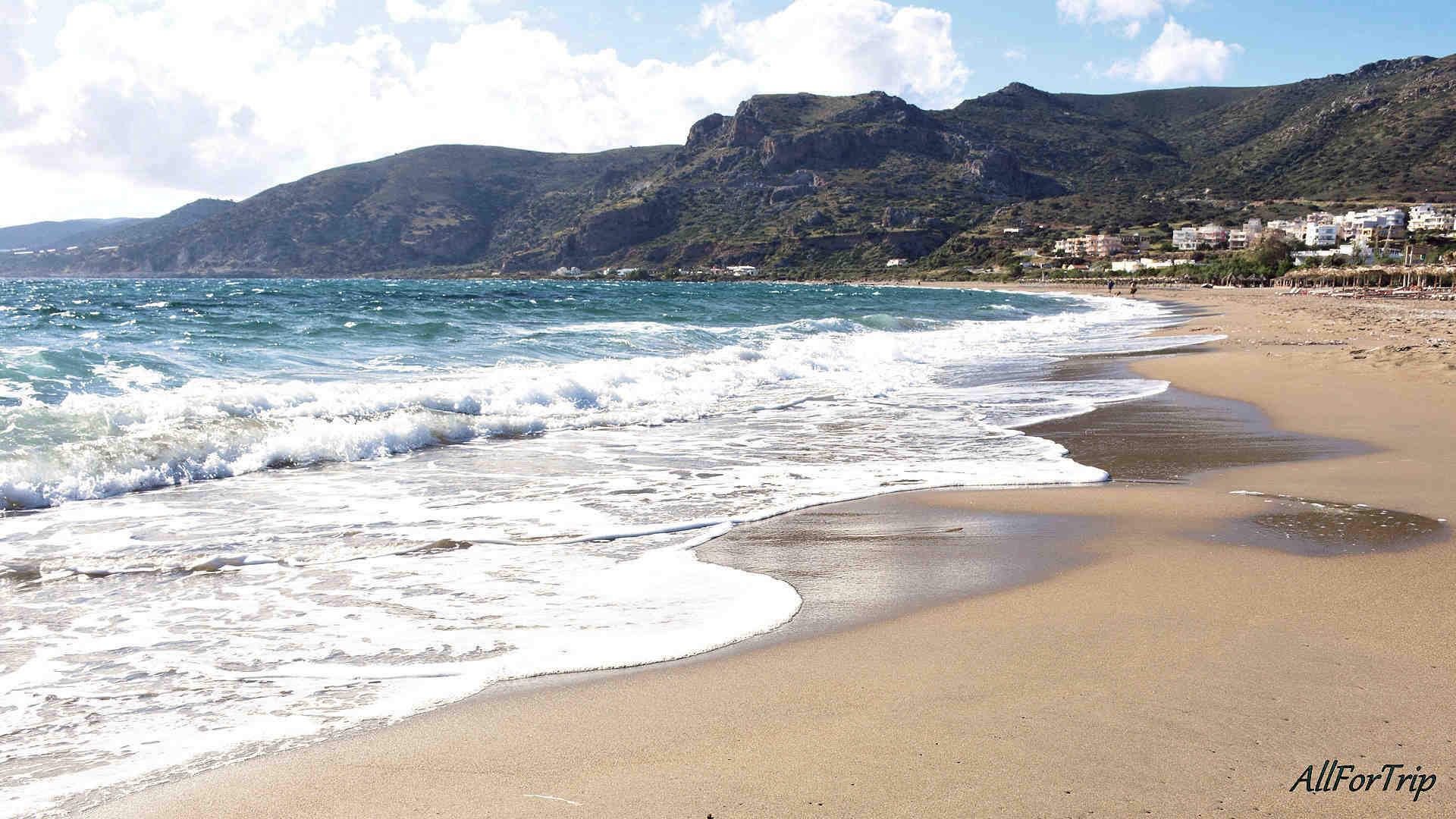
Other gorges in Crete: Agia Eirini Gorge (Φαράγγι Αγιά Ειρήνη), Gorge of the Dead or Zakros Gorge (Φαράγγι τῶν Νεκρῶν), Ha Gorge (Φαράγγι τοῦ Χά), Imbros Gorge (Φαράγγι Ίμπρου), Kotsifos Gorge (Φαράγγι Κοτσυφού), Kourtaliotiko Gorge (Φαράγγι Κουρταλιώτη), Richtis Gorge (Φαράγγι Ρίχτη), Sarakina Gorge (Φαράγγι της Σαρακίνας)
The rivers of Crete: Leropotamos, Koiliaris, Anapodiaris, Almiros, Giofyros, Megas Potamos
Freshwater lakes of Crete: Lake Kournas and Lake Agia
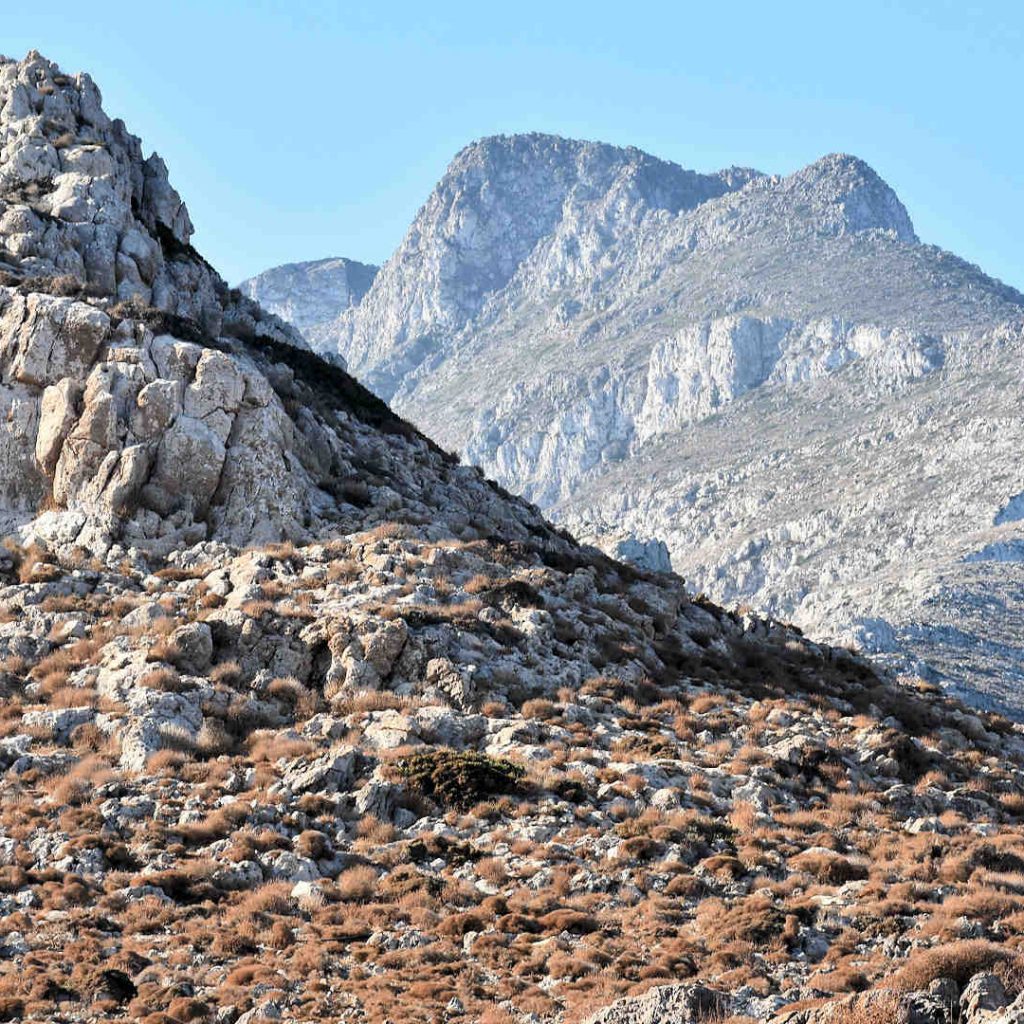
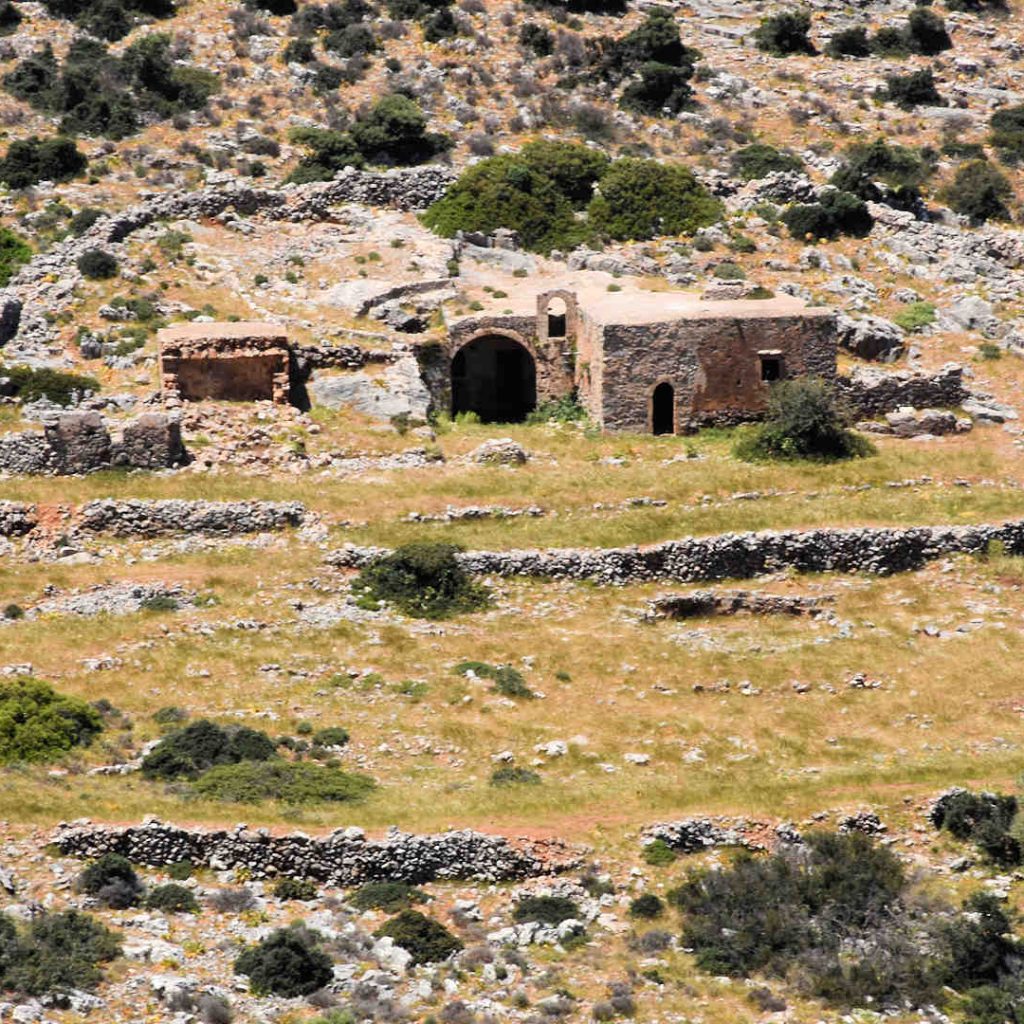
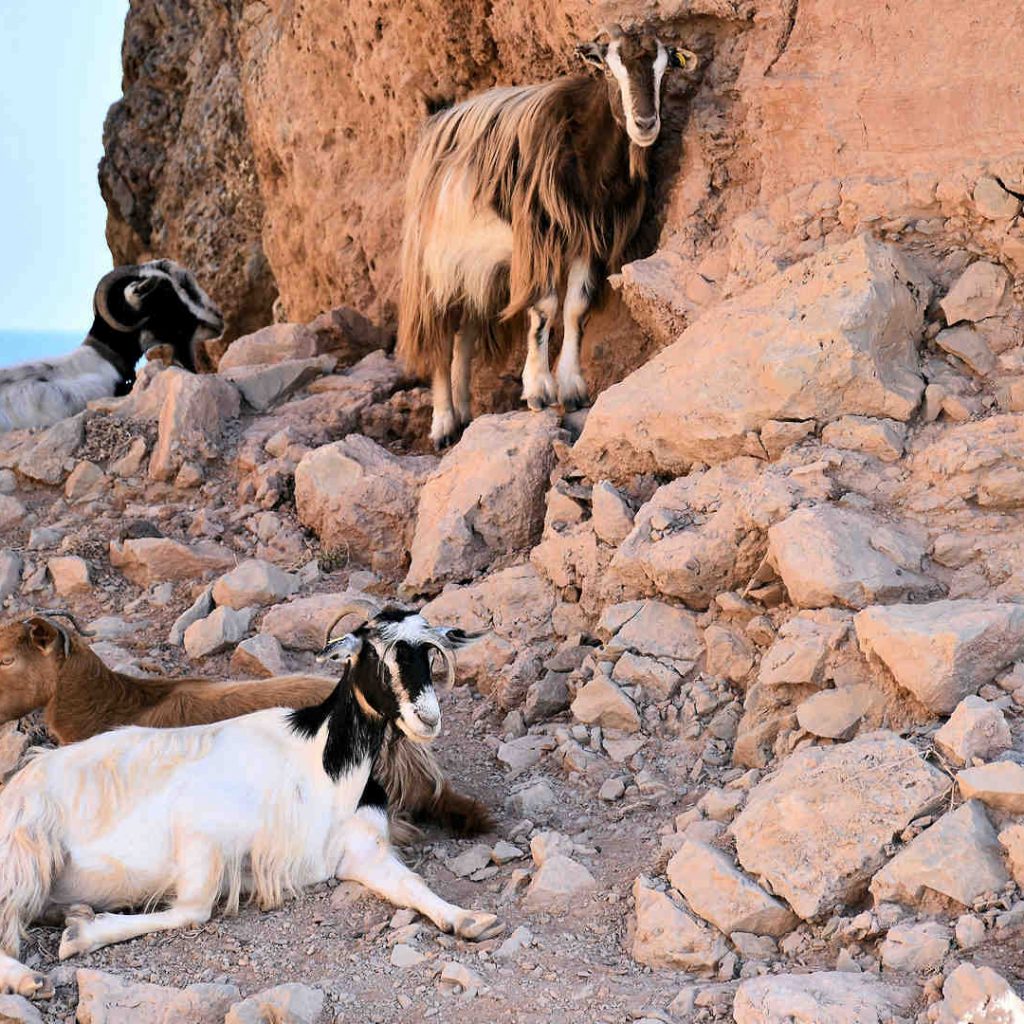



Comment (0)